
-

- Infectious diseases and global health
- No place for infection
- Life-changing journey
- Worldview of health
- Ending malnutrition
- Targeting viral dangers
- Performing arts medicine
- Safer drugs
- Cancer drivers
- Search tool
- Recurrence risk
- Transfusions in children
- Leukemia therapies
- Exploring anatomy
- Photographer’s notes

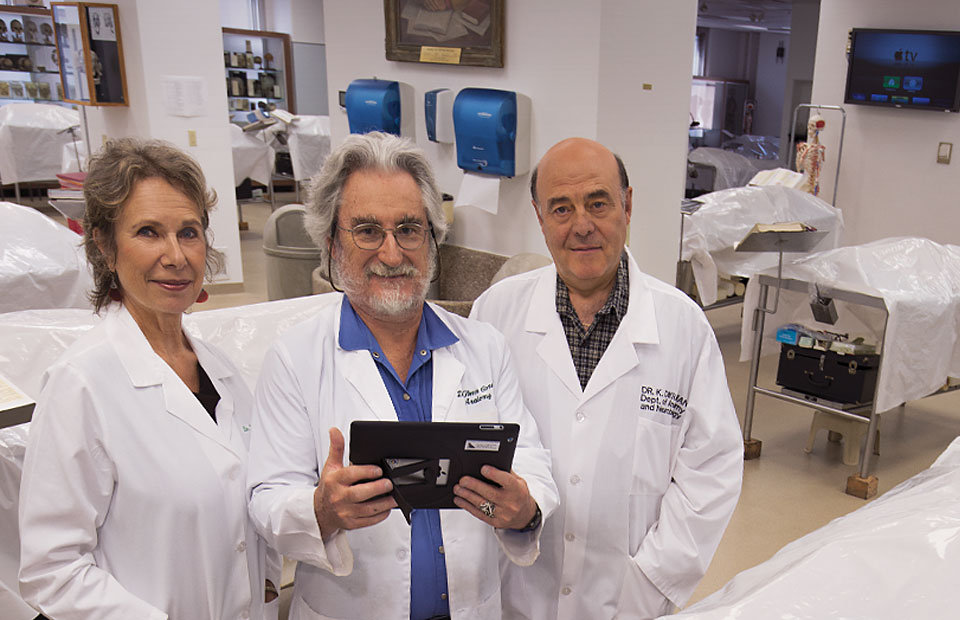
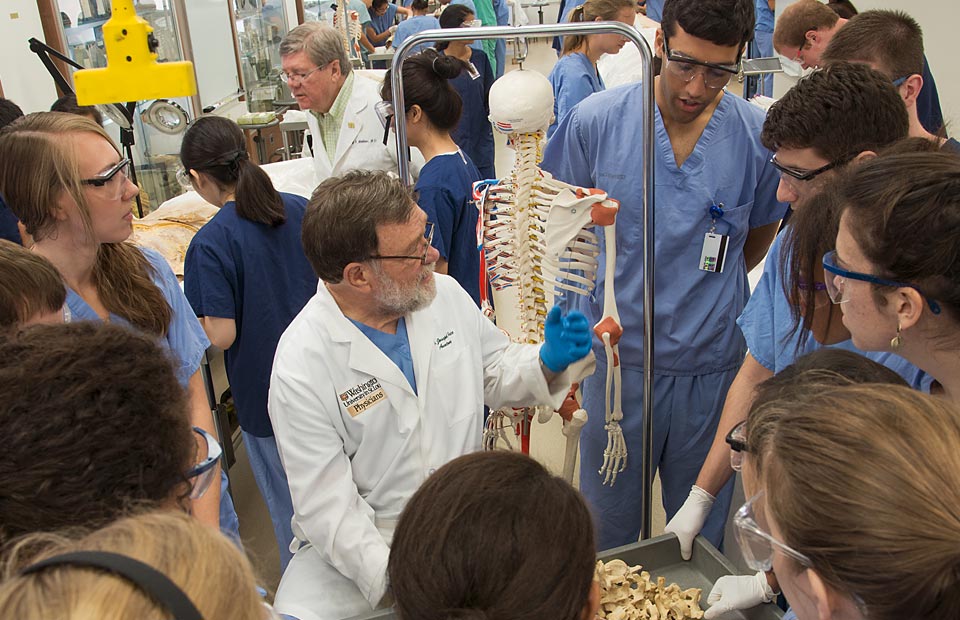

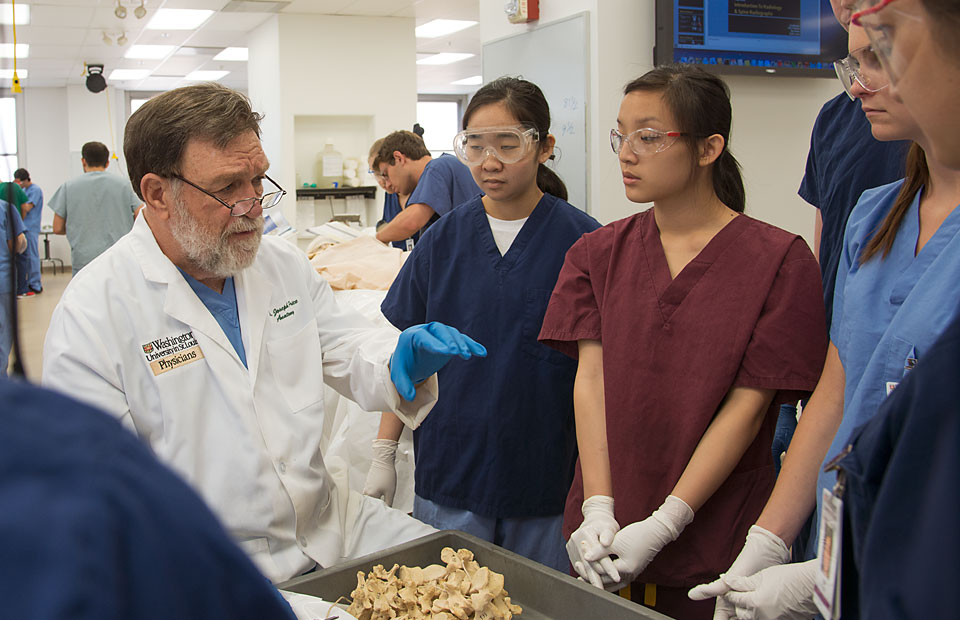
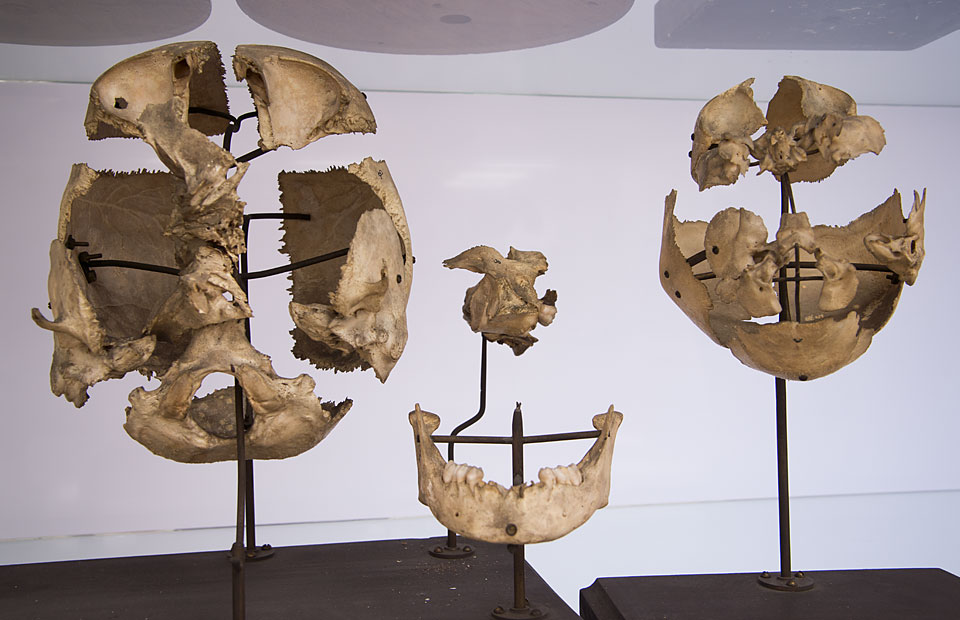
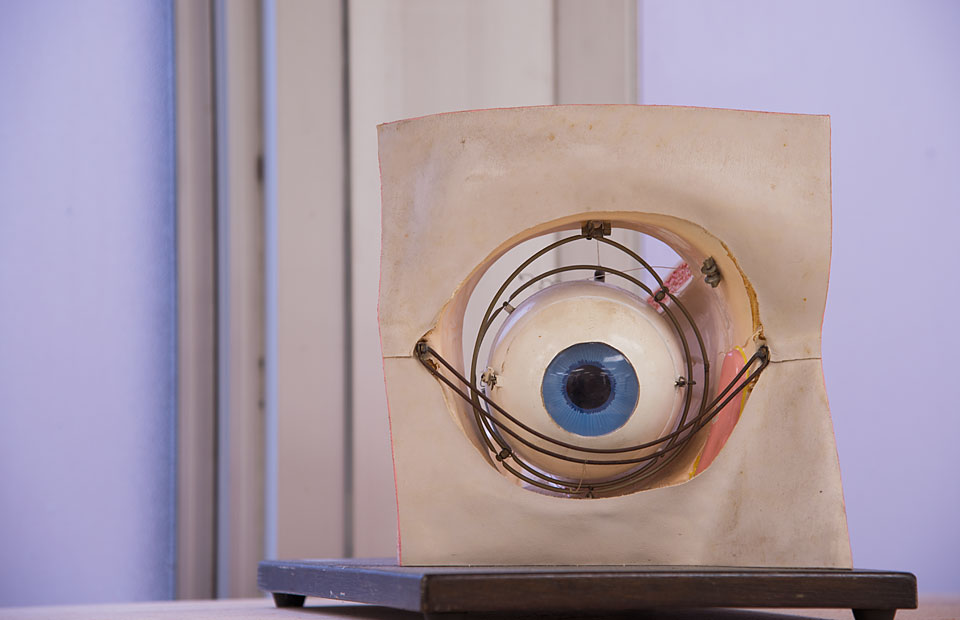
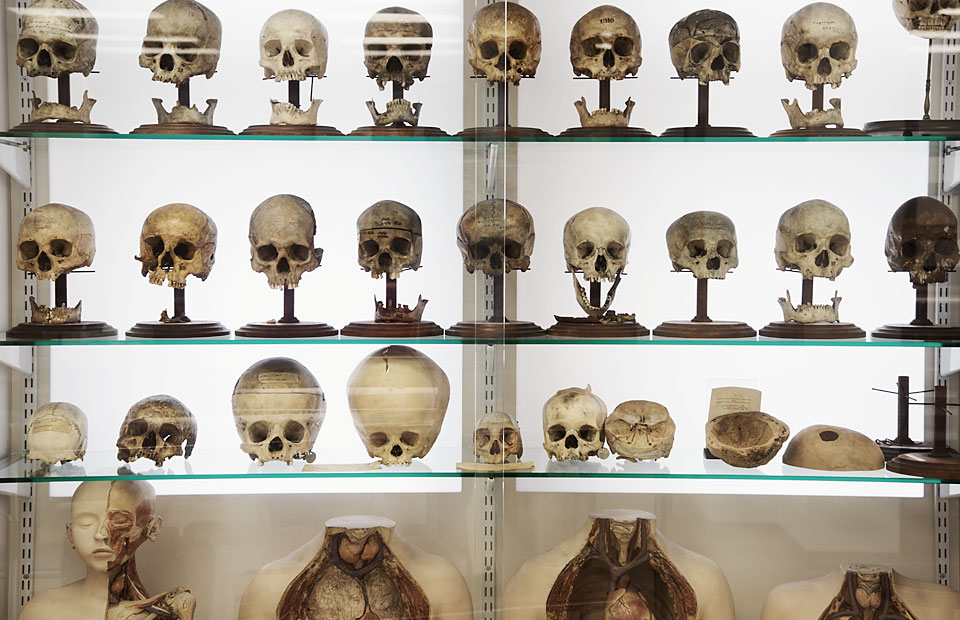
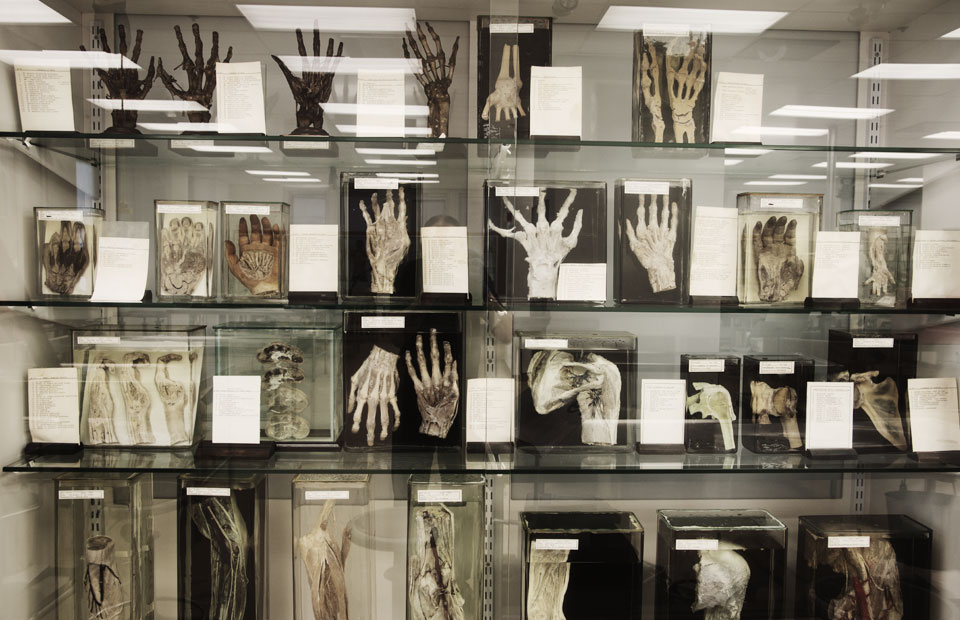
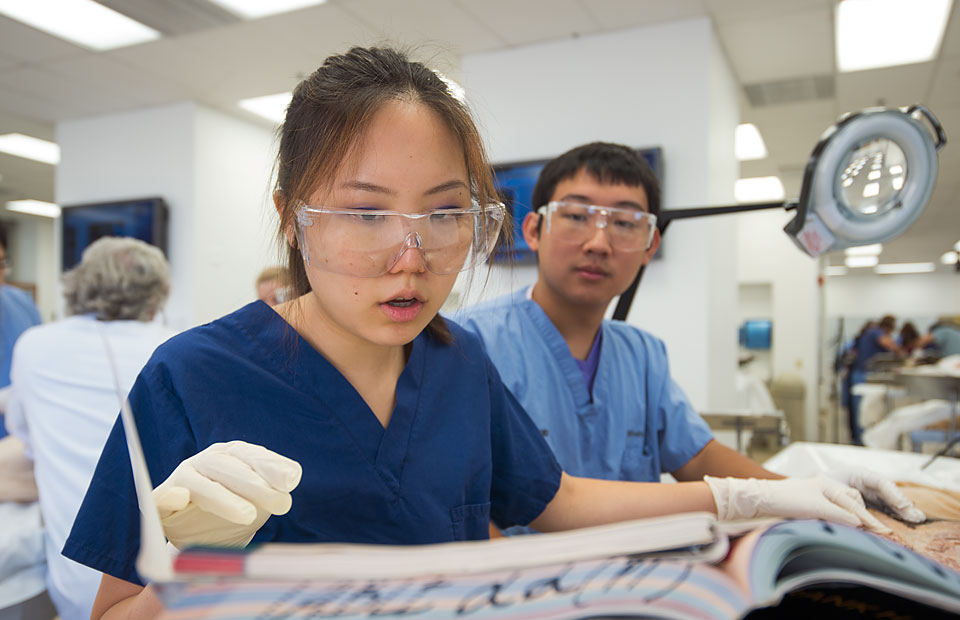
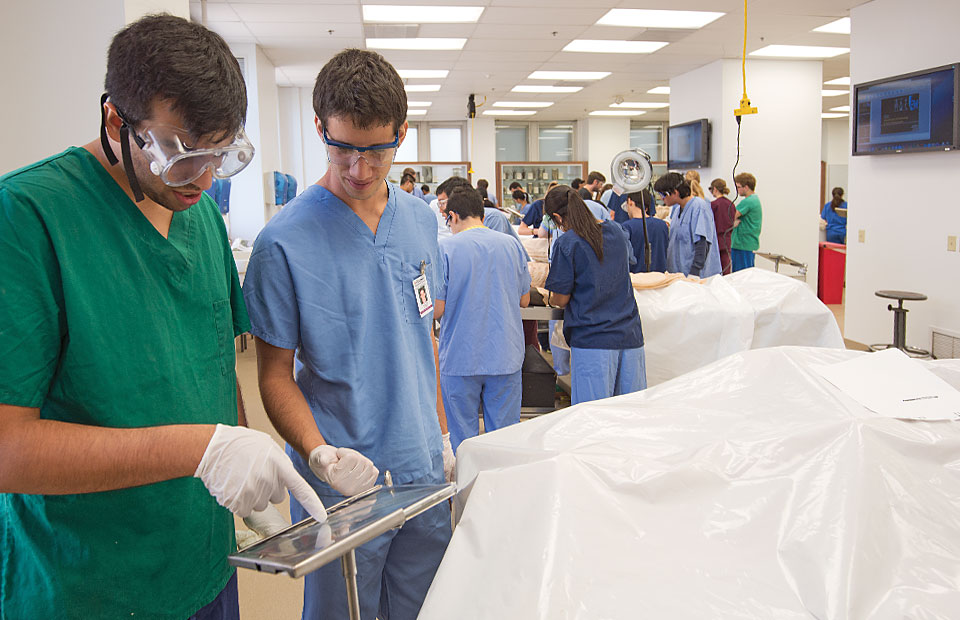
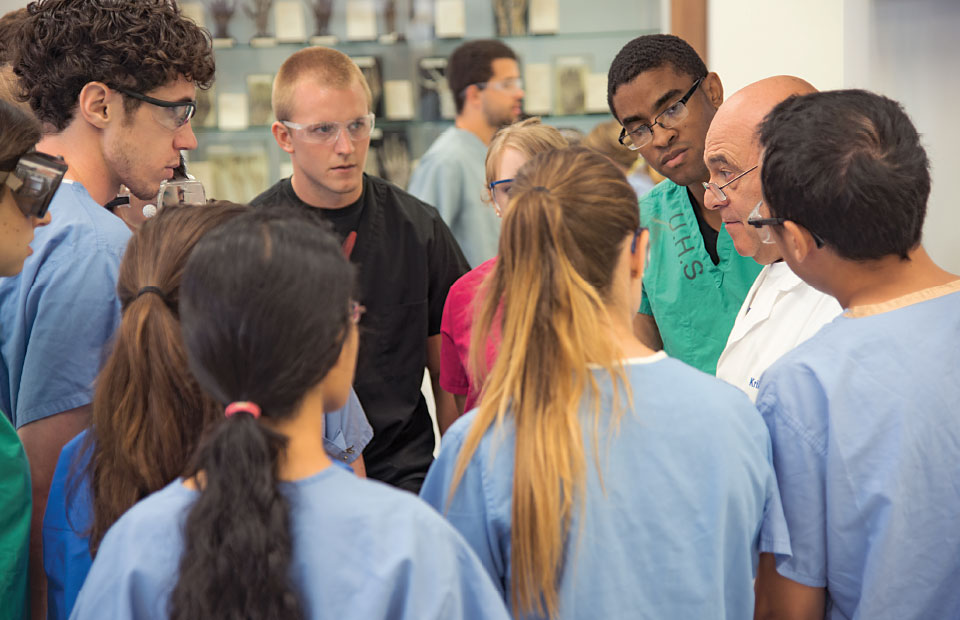
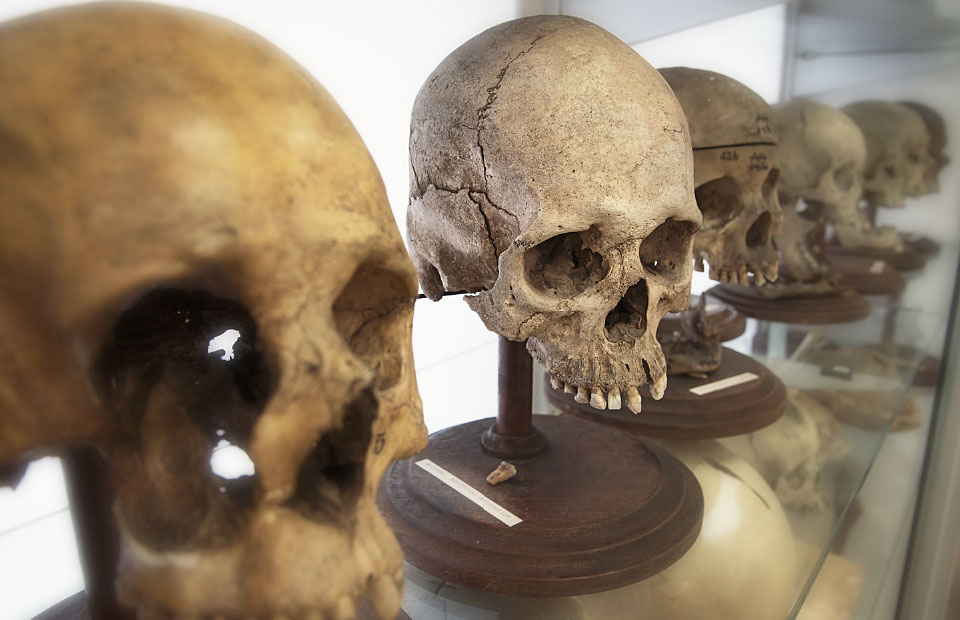
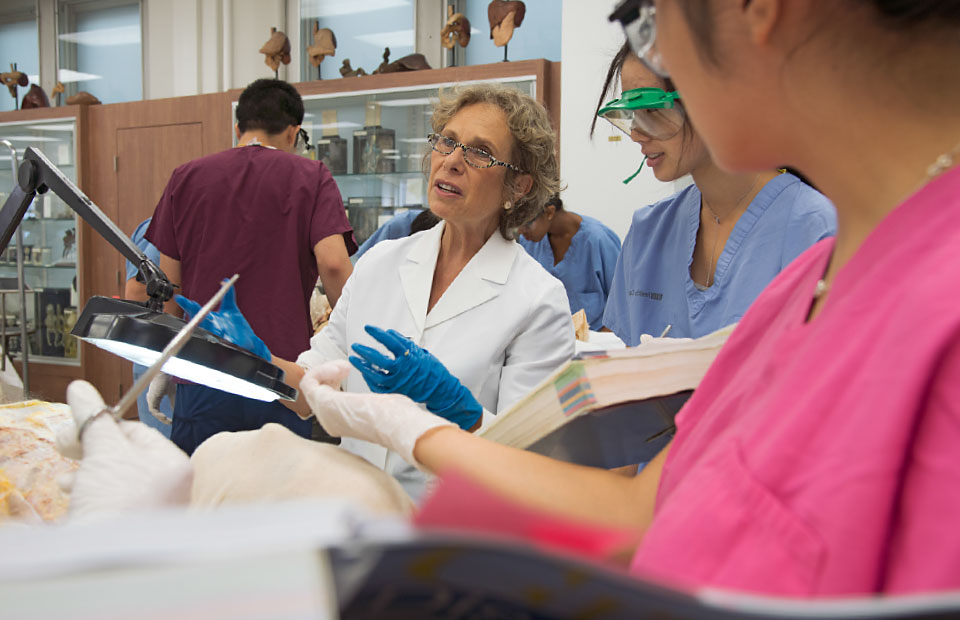
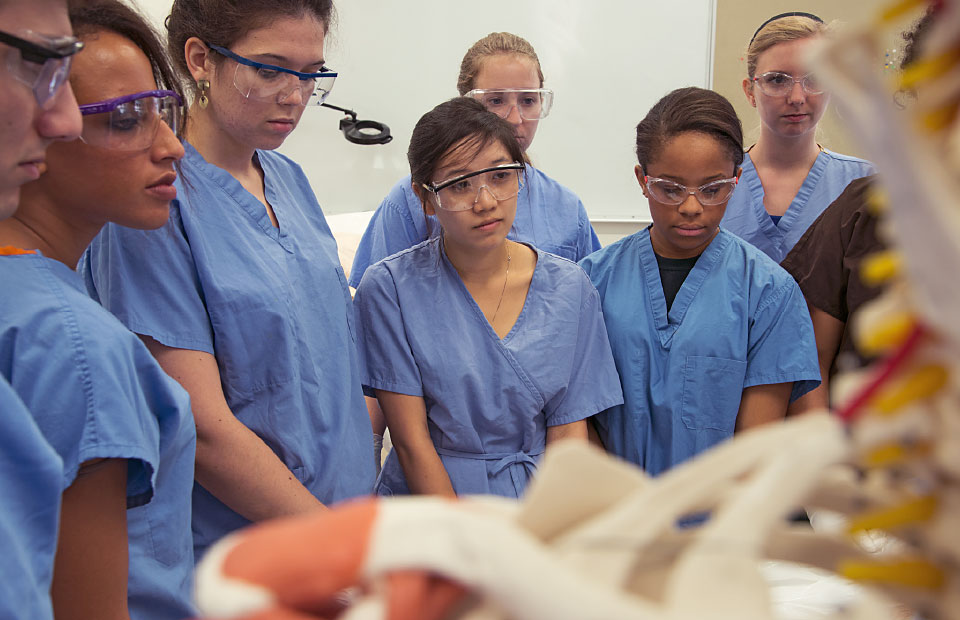
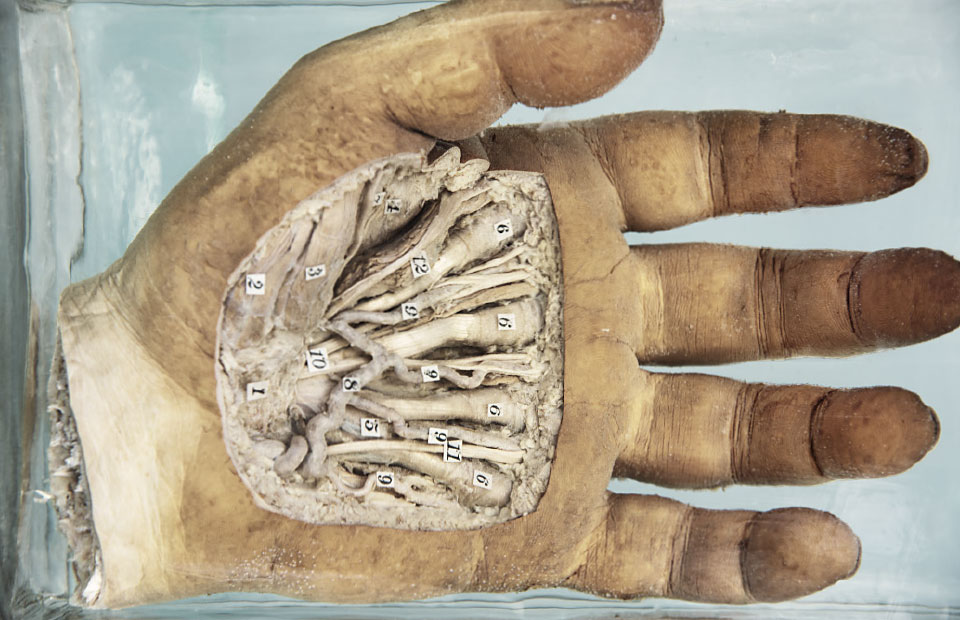
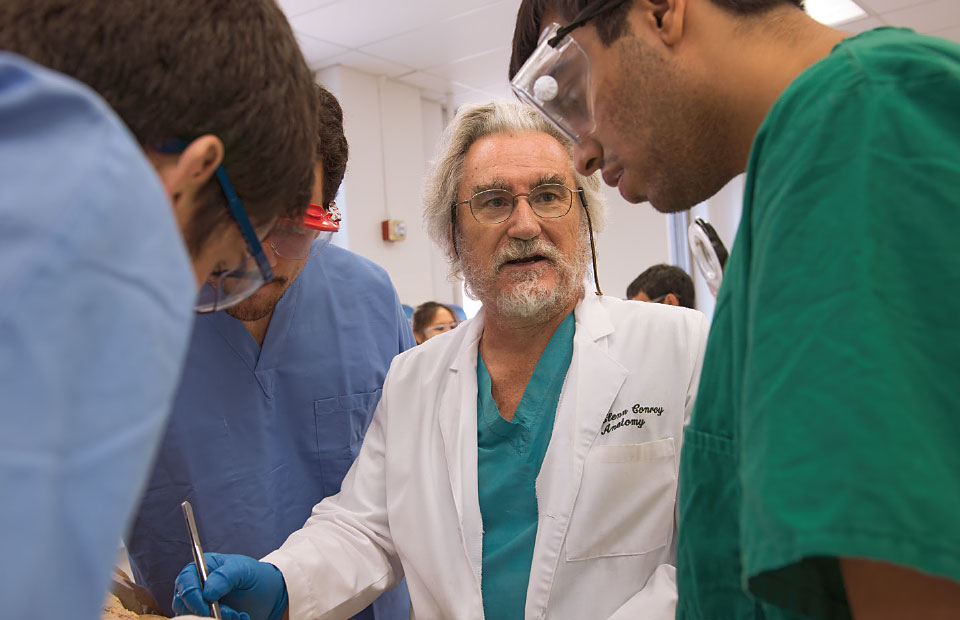
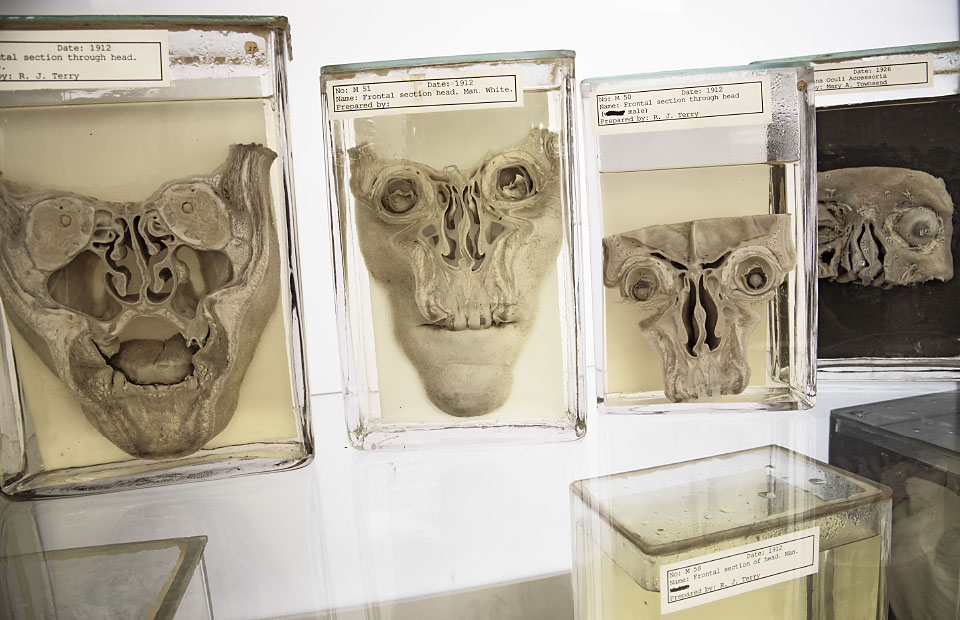
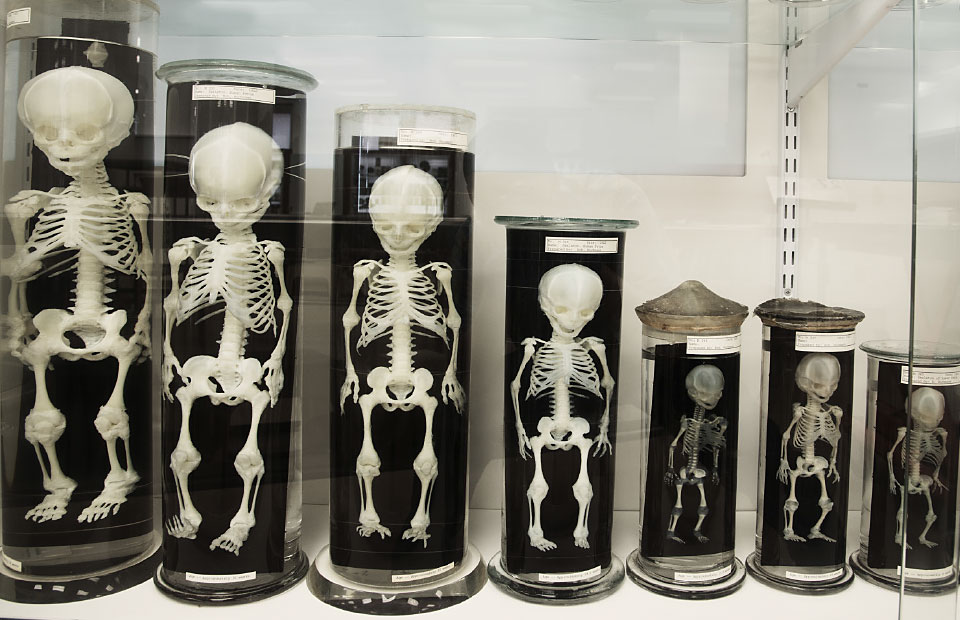
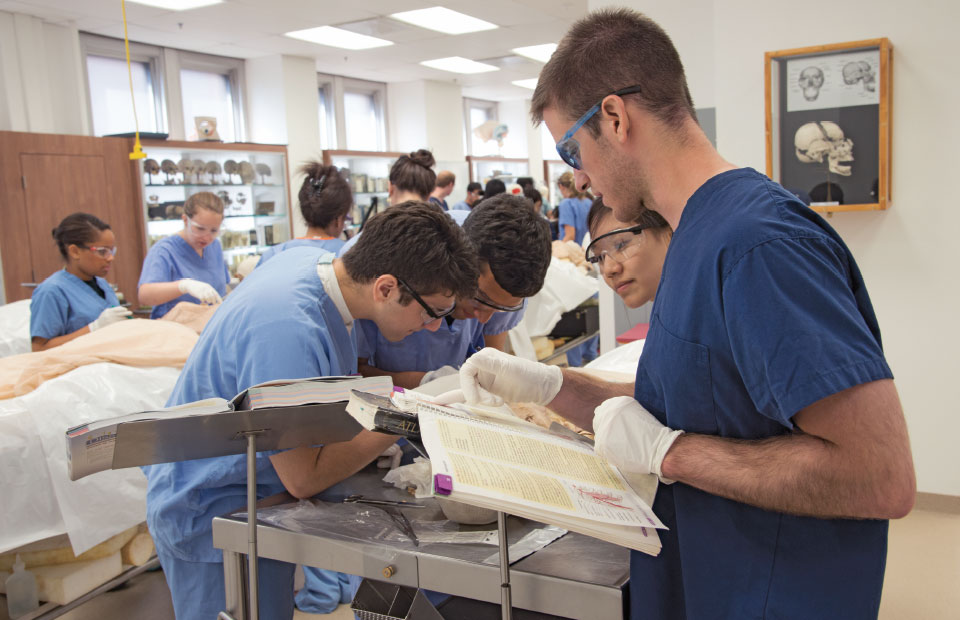

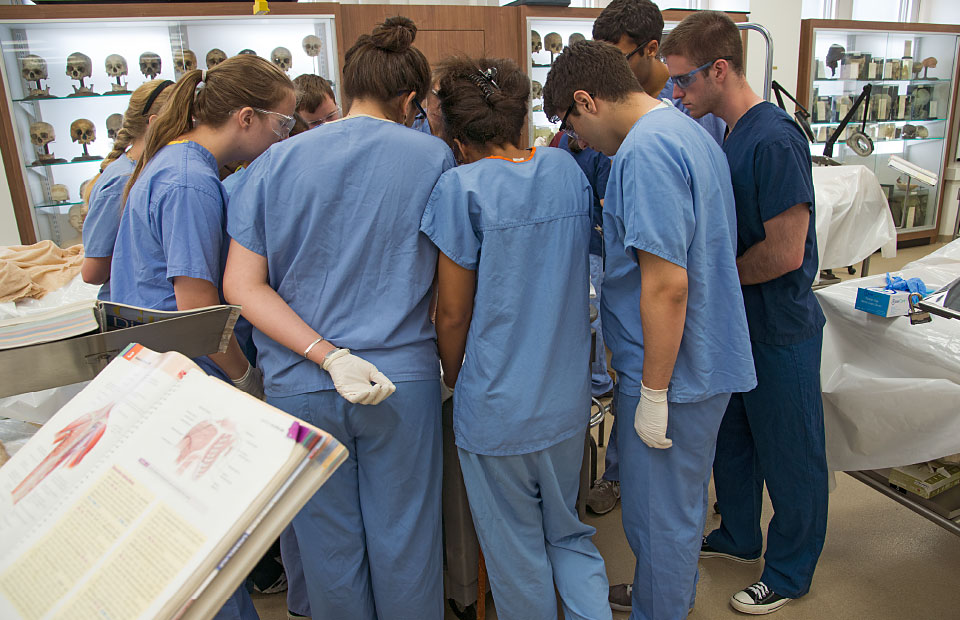

THE BIG PICTURE
Exploring anatomy
A hands-on study of a human cadaver informs an often life-changing course
Photos by Robert Boston
Human anatomy is the flagship course of first-year study. Students unravel miles of vessels, dissect masses of tissue, find and name interlinking parts and consider functional systems. Dry textbook abstractions become viscerally real. During a life-changing semester, students ponder the human organism, developing the respect and detachment physicians must cultivate in their duties.
Students huddle, four to a cadaver, around each stainless steel table. “The first day is daunting,” said course master Glenn C. Conroy, PhD. “For many, it’s their first exposure to death. And it’s a challenging and humbling experience to make that first incision into the human body.”
Many donors beforehand write letters about their lives and medical histories, which are placed alongside their bodies. “Their last wish was to provide useful information to tomorrow’s physicians,” Conroy said. “We tell the students, ‘You are the instrument through which their final wishes are manifested.’” The donors, in a sense, become the students’ first patients.
Recently renovated, the century-old lab showcases the school’s expansive anatomical specimen collection. Anatomists of old would marvel at the glowing high-definition wall monitors and iPads.
Throughout weeks of exploration, feelings of insecurity eventually yield to fascination. “You can see the students evolving in front of your eyes,”
Conroy said.
Practicing specialists visit the class to offer clinical contexts for the examples upon the tables. During exams, students must think on their feet when asked questions designed to synthesize their analyses of the cadavers.
The course concludes with an evening of reflection; students offer memorial poems, essays and musical tributes to the donors.
Through exploring these human bodies, future physicians come to better know themselves: a vital passage toward mastering the art and science of improving human health.
Read photographer Robert Boston's impressions of the anatomy lab »



